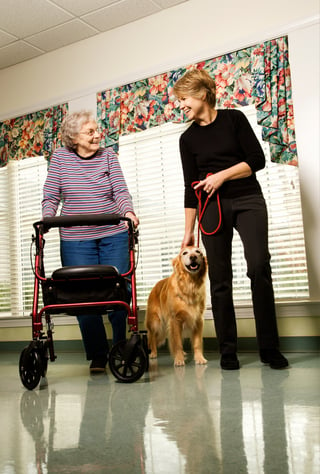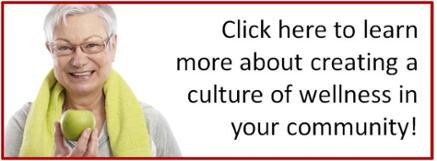In my first blog, I discussed two of my guidelines for senior fitness:
- Muscle-Activation Exercises
- Simplistic Exercises
In this second blog, i will discuss different movements and grip exercises.
Guideline 3: Compound, Multi-joint, Closed-chain Movements
Exercises like sit-to-stands, which are modified squats; and a vertical and horizontal pressing and pulling movement, such as seated rows and wall pushups, just to name a few, give you more bang for your buck. Movements like this burn more calories and fat, lead to greater strength and lean muscle gains, and most importantly, they work the body in unison.
These exercises work multiple muscle groups through the range of motion of multiple joints. For instance, a sit-to-stand works the quads, hamstrings, hips, calves, and even the upper back due to maintaining a neutral, upright spine. Also, this exercise uses these particular muscles through the range of motion of the hip joint, knees, ankles, and more. Isolation exercises, on the other hand, only work one muscle through the range of motion of one joint. For instance, a leg extension works the quads through the range of motion of the knee joint.
When CCRC residents, or anyone for that matter, perform daily activities such as standing up after  lunch, walking down the hallway, or picking up groceries, multiple muscles are being used through the range of motion of multiple joints. That’s why the compound, multi-joint, closed-chain movements are so much more effective than isolation, single-joint, open-chain movements.
lunch, walking down the hallway, or picking up groceries, multiple muscles are being used through the range of motion of multiple joints. That’s why the compound, multi-joint, closed-chain movements are so much more effective than isolation, single-joint, open-chain movements.
These exercises also increase neurological activation. Compound exercises allow the individual to lift heavier loads, as opposed to isolation movements. Lifting heavier loads demands an involvement of larger muscles, which places more demand on the central nervous system to activate more motor units and fire them off at a faster and higher rate.
These exercises are great for balance, as well. Strength-training exercises are extremely effective for increasing balance. One question I always like to ask residents is, “Would you say that your balance is worse than it was ten years ago?” The answer is usually a resounding yes. Then I ask, “Why do you think that is? Ten years ago, did you regularly perform balance exercises?” The answer to this question is usually a resounding no. What this tells me is that as the resident got older, they lost muscle. As the muscle atrophied, they lost the strength to appropriately balance themselves. Furthermore, if they had a fall, they'd be even more reluctant to do anything. This fear would lead to even more inactivity and muscle atrophy, leading to a steady decline in balance. My suggestion? Center most of the training on the main compound movements and add isolation exercises in for lagging, injured, or imbalanced muscle groups.
Guideline 4: Grip Exercises
Most residents have arthritis in their hands; therefore, they have poor range of motion with them. Hand strength is vital for many reasons. From being able to grab their eating utensil to being able to grab the railing when they walk the halls, grip strength is vital. Doing crushing-grip exercises, like using a hand gripper from a sports store; or rubber band forearm extensor exercises, which are vital to avoid an imbalance from the crushing-grip work; and pinching grip exercises with a dumbbell allows clients to strengthen their hands, reduce, pain and increase range of motion.
***
Watch for my next blog when I introduce a fifth guideline for senior fitness—mobility work.
Interested in doing more for your residents and how you can create a culture of wellness? Click below to see how you can do just that!

